28 February 2025
Virtual Reality (VR) is probably one of the most exciting technological advancements of our time. The idea of diving into a digital world and interacting with it? Mind-blowing, right? But here's the thing: while VR is fantastic at immersing us in beautifully crafted environments, getting around in those spaces—what’s called “locomotion in VR”—is a whole different ballgame. How do you move efficiently in a world where your living room isn’t exactly the size of a sprawling digital forest? Let’s break it all down.
Why Locomotion in VR Matters
Imagine putting on your VR headset and finding yourself in a stunning virtual city. The skyscrapers tower above you, the streets buzz with life, and you can almost feel the breeze (well, not really, but you get the point). Now, imagine you can’t move. You’re stuck, glued to the spot. Frustrating, huh?Locomotion is at the heart of the VR experience—it’s how we explore and interact with these digital realms. And let’s be real: nobody wants a VR system that makes moving awkward, nausea-inducing, or downright confusing. Whether you're navigating a haunted mansion or chasing high scores in a rhythm game, smooth and efficient movement is key to keeping you immersed and engaged.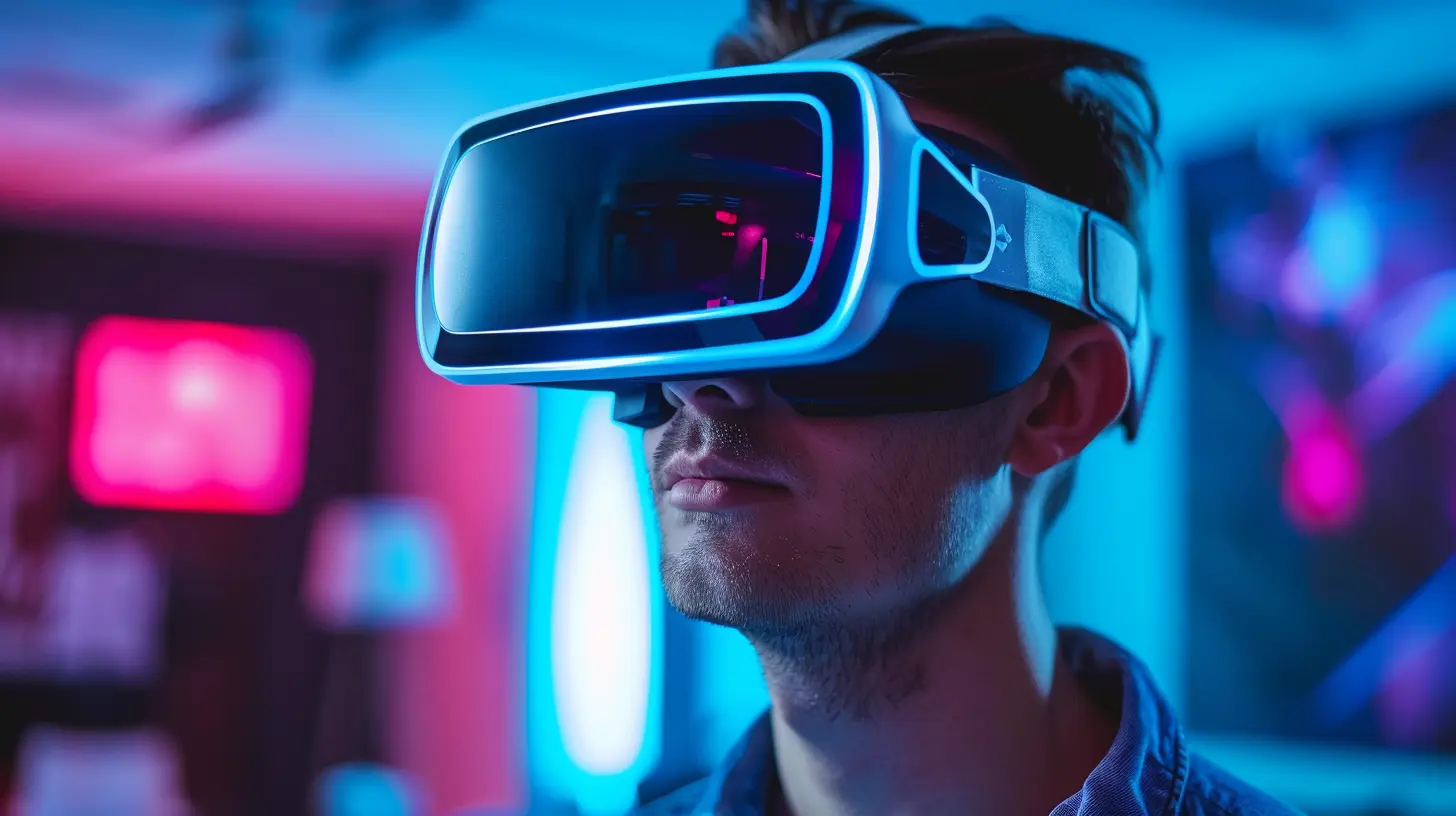
The Challenges of VR Locomotion
You’d think movement in VR would be as simple as walking around your room, but it’s not. Why? Well, let’s talk about some hurdles.1. Physical Space Constraints
Unless you live in a mansion with rooms the size of an airport hangar, your physical space is limited. So, how do you walk around a massive VR world when you’ve only got a small patch of carpet at home? That’s where clever locomotion solutions come in.2. Motion Sickness
Ah, the dreaded VR nausea. If you’ve ever tried a VR experience and felt your stomach churn, you’re not alone. When your eyes tell your brain you’re moving but your body says, “Nope, still standing still,” your inner ear freaks out, and it’s game over.3. Immersion vs. Practicality
There’s a delicate balance between creating an immersive experience and keeping things practical for users. Sure, we’d love to run, jump, and climb in VR as if we were really doing it, but not everyone has the stamina—or the insurance for a broken coffee table.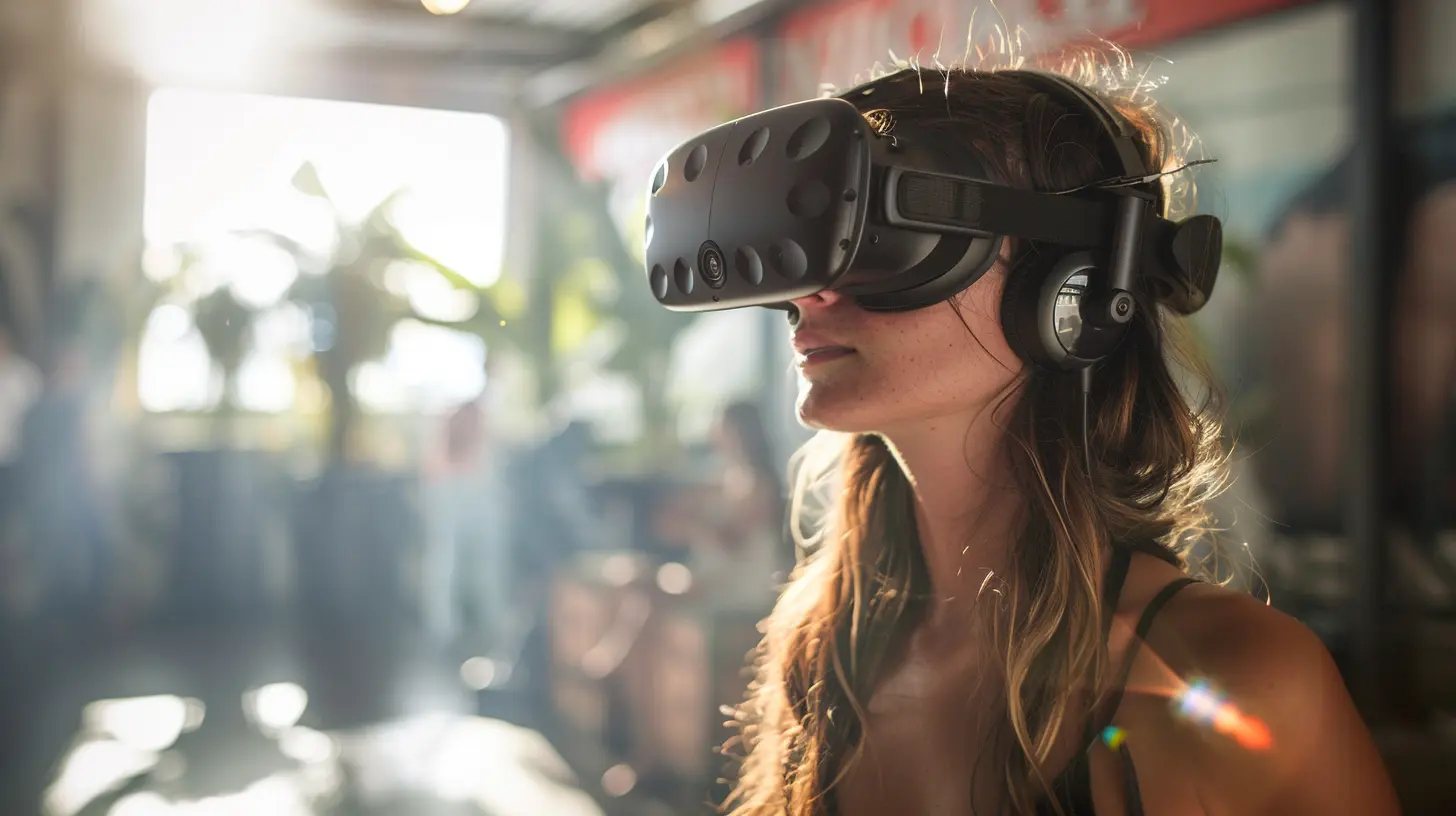
Types of Locomotion in VR
Over the years, developers have come up with some pretty clever ways to help us move through virtual spaces. Let’s dive into the most common types of locomotion in VR and see how they fare.1. Teleportation
Teleportation is probably the most beginner-friendly option out there. You point at where you want to go, click a button, and voilà—you’re there in an instant! It’s like being a digital wizard.Pros:
- Great for avoiding motion sickness since your brain doesn’t process smooth movement.- Works well in smaller physical spaces.
Cons:
- Can break immersion. I mean, how often do you teleport in real life? (Unless you’re Doctor Strange, of course.)2. Smooth Locomotion (Joystick or Controller Movement)
This one's pretty straightforward—you use a joystick or other VR controller to move smoothly through the environment, kind of like you would in a first-person shooter on a console.Pros:
- Feels natural to most gamers.- Immersive, as it mirrors traditional on-screen movement.
Cons:
- Prone to motion sickness if you’re not used to it.3. Room-Scale Movement
If you’ve got the physical space for it, room-scale movement is a dream. You simply walk around in real life to move in the virtual world. Your VR system tracks you, and it feels insanely immersive.Pros:
- Super intuitive—just walk to move!- High immersion since you’re physically involved.
Cons:
- Requires A LOT of space, which isn’t practical for everyone.4. Flying or Gliding
Flying mechanics are often used in VR games where walking isn’t really an option—think about games set in outer space or other-worldly landscapes. You glide through the air like an eagle (or Iron Man, depending on the vibe).Pros:
- Unique and fun.- Great for large, open environments.
Cons:
- Not exactly realistic. Also, more motion sickness is a possibility.5. Treadmills and Peripheral Devices
If you’ve got the cash to spare, specialized equipment like VR treadmills or leg trackers can let you physically "walk" in place while moving in the virtual world. Think of it as a hamster wheel for humans, but way cooler.Pros:
- Physical movement adds immersion.- Reduces the risk of crashing into your furniture.
Cons:
- Expensive, and let’s be honest—not everyone wants a treadmill in their living room.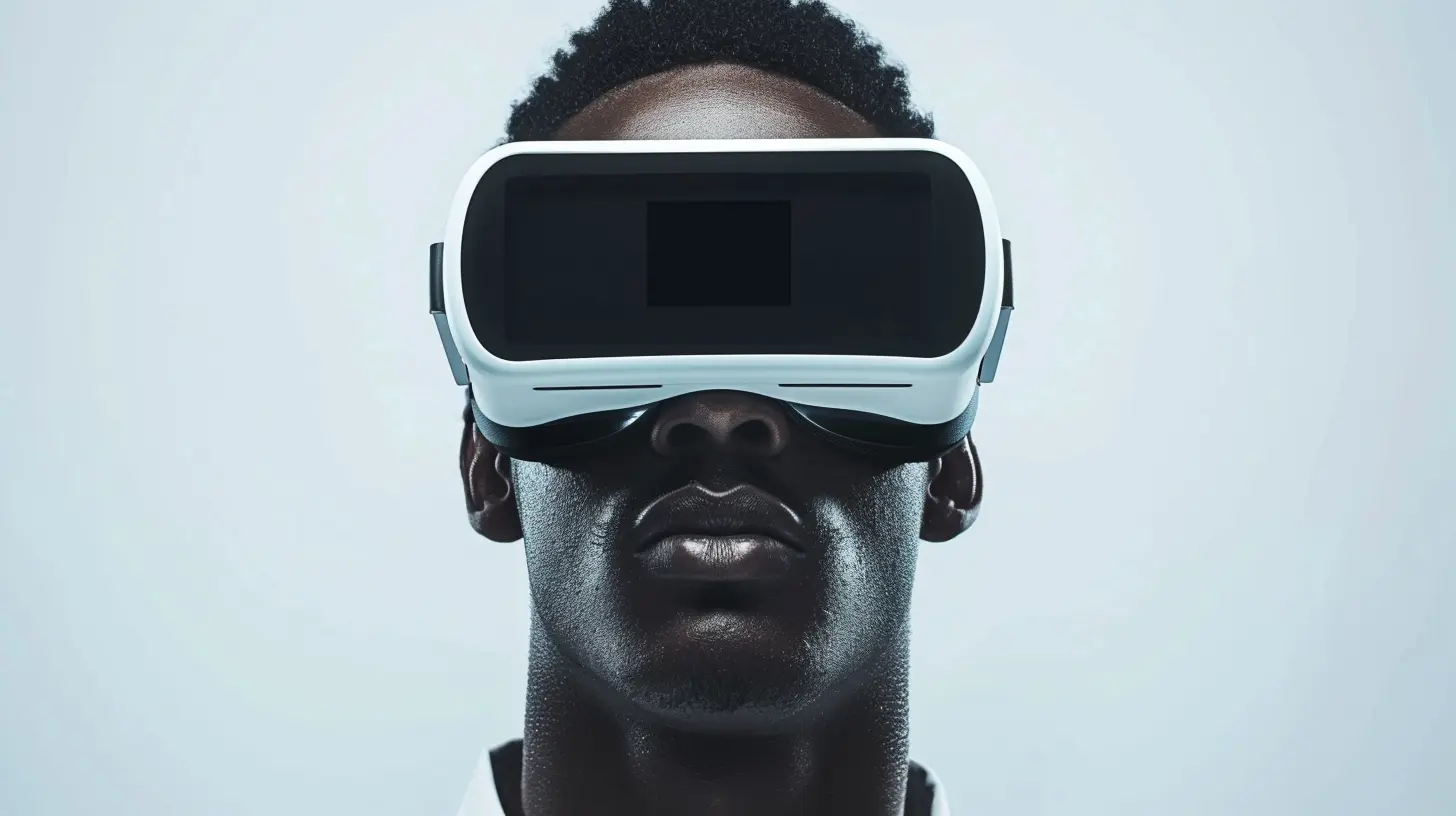
Tips for Efficient Movement in Virtual Reality
Want to make your VR experience as smooth and enjoyable as possible? Here are some handy tips.1. Know Your Space
Before you dive in, clear your play area. Move furniture out of the way, secure breakable items, and mark your boundaries. You don’t want to knock over grandma’s vase while dodging enemies.2. Experiment with Locomotion Styles
Different games and experiences may work better with different locomotion types. Don’t be afraid to try teleportation in one game and smooth movement in another. Find what works for you!3. Take Breaks
If movement starts making you feel queasy, take a breather. VR is incredible, but it’s not worth tanking your stomach over. Your brain and inner ear will thank you.4. Start Slow
If you’re new to VR or sensitive to motion, start with slower-paced games and teleportation locomotion. Build your tolerance before diving into high-speed virtual adventures.5. Calibrate Your System
Make sure your VR setup is properly calibrated. Poor tracking or lag can mess with locomotion and hinder the experience. A well-calibrated system means smoother gameplay.The Future of VR Locomotion
The good news? VR locomotion has already come a long way, and the industry is constantly evolving. With advances in hardware and software, we’re seeing new ways to move that are more intuitive, immersive, and nausea-free.Imagine a future where you can walk endlessly in VR without needing a giant play space. Or maybe even brain-controlled movement—just think about moving, and your avatar takes off. Technology is only going to get cooler, and locomotion will continue to improve.
Wrapping It Up
Locomotion in VR is one of the trickiest challenges developers face, but it’s also one of the most important aspects of creating an enjoyable experience. Whether you’re teleporting, gliding, or relying on room-scale movement, the goal is to make moving through digital worlds feel as seamless and intuitive as possible. And yeah, it’s not perfect yet—but we’re getting there.So, next time you strap on your VR headset, take a moment to appreciate the tech behind the scenes. The smooth movement you enjoy isn’t just a happy accident; it’s the result of years of innovation and problem-solving.



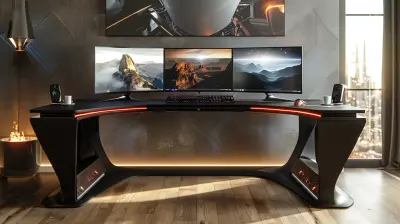
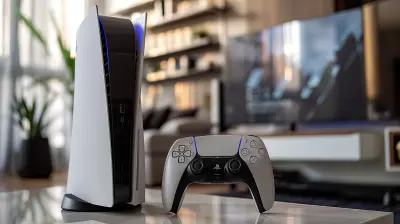



Farrah McMillen
In realms where dreams entwine, Locomotion’s dance ignites the spine. With each stride through pixel’s grace, We traverse the boundless space. From glide to leap, we learn to roam, In virtual worlds, we find our home. Efficiency in motion sings; In VR’s embrace, our spirit takes wing.
March 21, 2025 at 4:33 AM